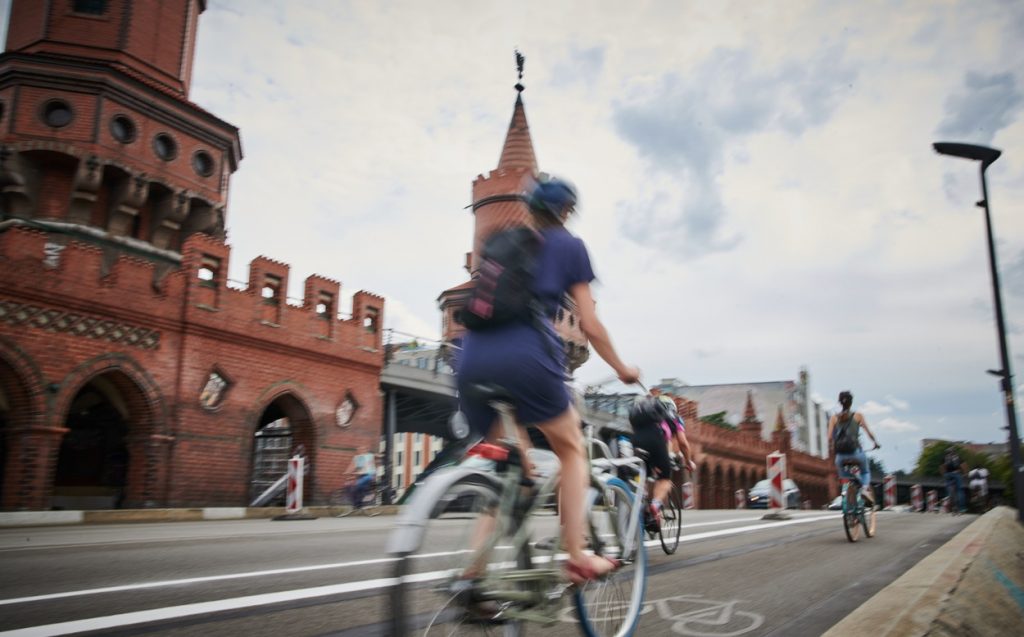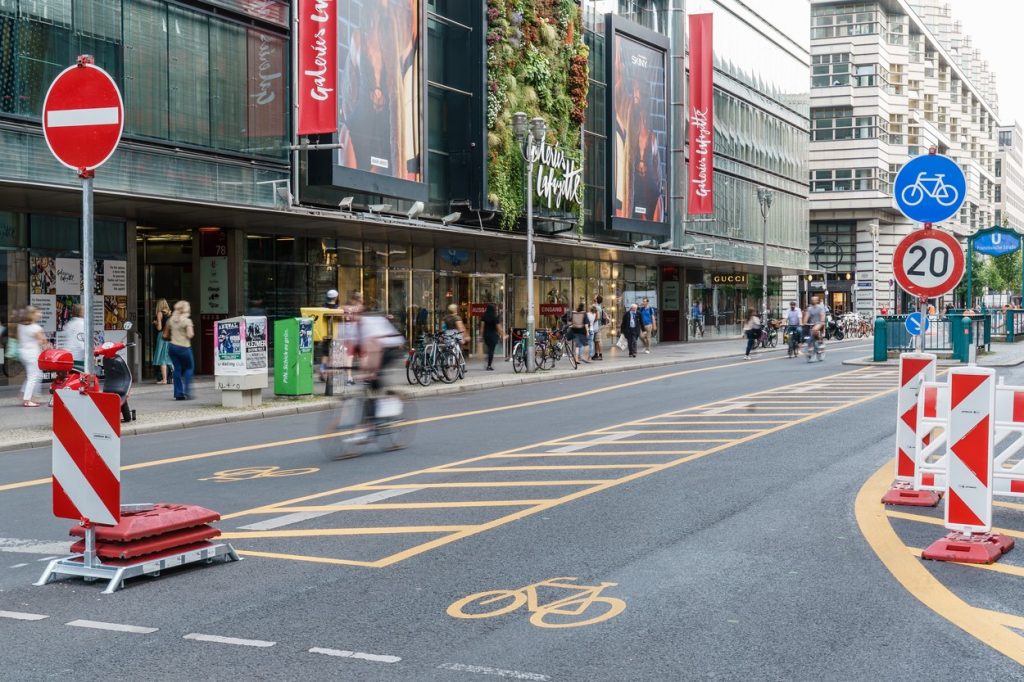The barriers were criticised, some even claimed their installation was against the law. Even the court confirmed there was no evidence that the disputed streets were excessively dangerous for cyclists before the barriers were raised.

In October, a higher court authority decided that the new bicycle lanes would remain in the city until the final resolution. According to the court, the Berlin Transport Authority did not take sufficient account of traffic statistics and the number of accidents on the street with said bicycle lanes.
Public opinion of Berlin, however, is on the side of cyclists. In the latest survey conducted by Berlin Radio, 52 per cent of respondents agreed with the 14 new lanes while 43 per cent were against them.

Politicians from various parties are now arguing over whether the pop-up barriers are the right solution. Despite the new bike lanes, deaths of cyclists are on the rise.
The German Automobile Industry Association (VDA) offers a sensible solution to the situation, arguing that blocking streets and introducing additional speed limits are not suitable solutions for such a traffic-heavy city as Berlin. VDA spokesman Nikolaus Doll said that instead of general banning, Berlin should adopt modern solutions combining cars, public transport, shared vehicles, electric mobility and bicycles.

The transformation of transport in the city has been one of the significant issues of the current government coalition ruling the city since 2017. In addition to building new bicycle lanes, the ruling politics announced the intention to invest 28 billion euros in the public transport network by 2035.
Similar to other European capitals, Berlin authorities used the coronavirus pandemic to create pedestrian zones on some major thoroughfares. The famous Friedrichstrasse shopping street, for example, is now only accessible for pedestrians and cyclists. City officials thought there would be less traffic on the streets of Berlin during the pandemic, believing that people would keep working from home. Because of the second COVID-19 wave hitting the German capital, cars remain the safest and most popular mean of transport among most Berliners, though.




